Category: Coldwar Soviet Ships
Kilo class submarine (1980)
Project 877 Paltus (NATO “KILO”) conventional attack submarines 44 Pr.877 (75 total) submarines, 1980-today. The Kilo class was for USSR,…
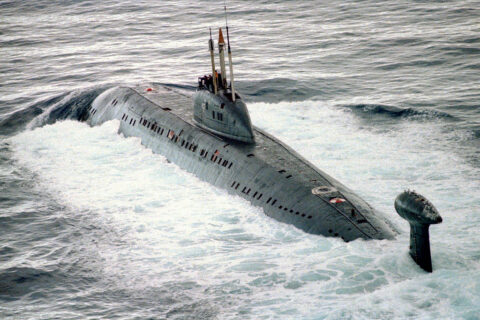
VICTOR III class submarine (1977)
Project 671RTM/RTMK Shchuka (NATO “VICTOR III”) nuclear attack submarines 25 submarines: К-524, К-254, К-502, К-527, К-298, К-358, К-299, К-244, К-247,…
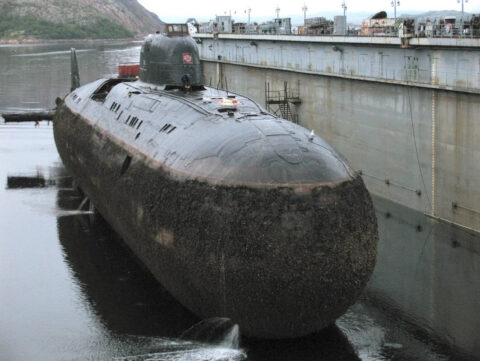
VICTOR II class submarine (1972)
Project 671RT Syomga (NATO “VICTOR II”) nuclear attack submarines 7 nuclear attack submarines (SSN): B-387, 371, 467, 488, 495, 513,…
Victor I class submarine (1965)
Project 671 Yorsh (NATO “VICTOR I”) nuclear attack submarines 15 submarines: K-38, 69, 147, 53, 306, 323, 370, 438, 367,…
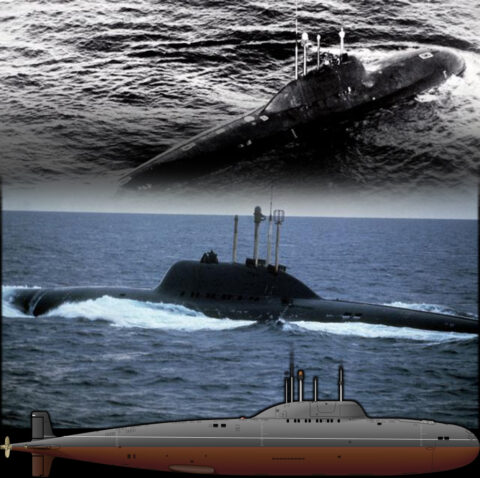
Alfa class submarine (1969)
Project 705 Lira (NATO “ALFA”) nuclear attack submarines 7 submarines: K-64, K-123, K-316, K-432, K-373, K-493, K-463 The world’s fastest…
Kuznetsov class aircraft carrier (1985-88)
Project 1143.5 STOBAR Aircraft Carrying Cruiser (Tyazholiy Avianesushchiy Kreyser – TAK): Kreml Class. 1982-90: Admiral Kuznetsov (still active), Riga (Varyag,…
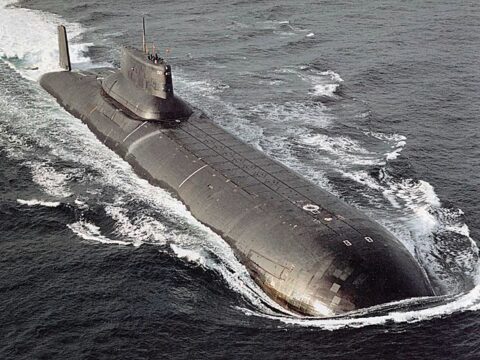
Typhoon class submarines
Project 941 Akula nuclear powered ballistic missile submarines 6 ballistic submarines built 1976-89: TK-208, 202, 12, 13, 47, 20, 210…
Grisha class Corvettes (1977)
92 planned, 86 completed under Project 1124 Al’batros Technically, the Grisha class ships were corvettes, not Frigates which were supposed…
Sverdlov class cruisers
Project 68bis, 14 cruisers (1951): Sverdlov, Zhdanov, Admiral Ushakov, Aleksandr Suvorov, Admiral Senyavin, Dmitry Pozharsky, Kronstadt*, Tallinn*, Varyag*, Ordzhonikidze (KRI…
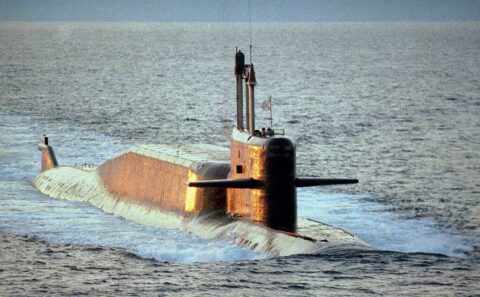
Delta IV class submarines
Project 667BDRM Delfin nuclear missile attack submarines 7 ballistic submarines (Delta IV) built 1981-90: K-51, 84, 64, 114, 117, 18,…

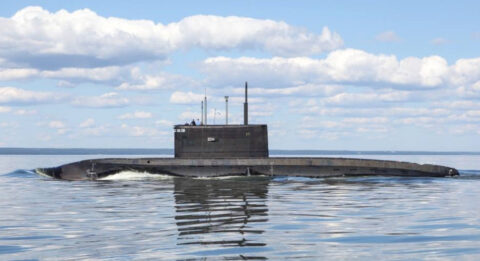
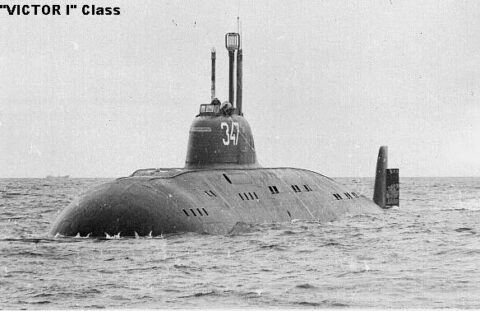
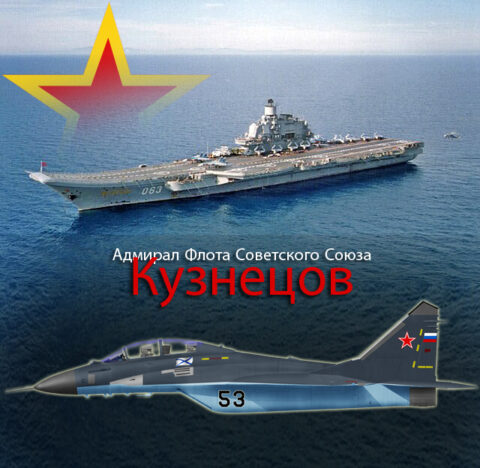
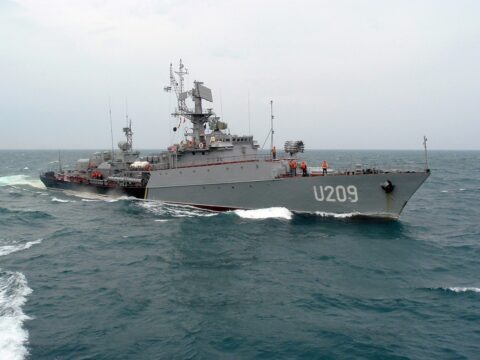
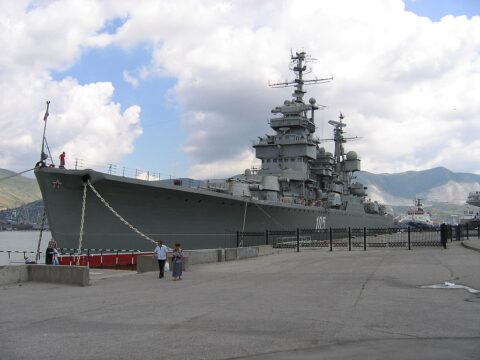
 dbodesign
dbodesign